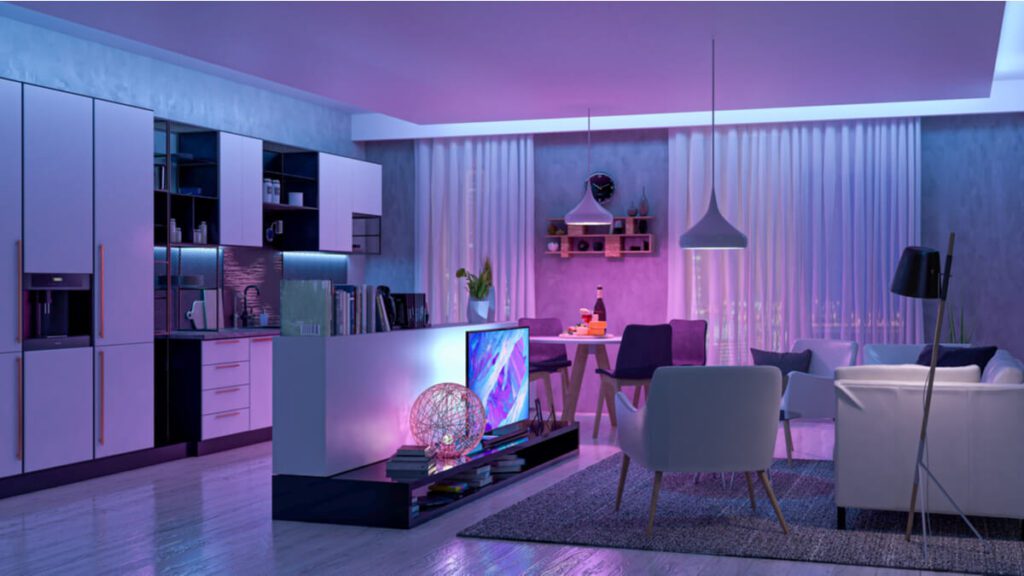
As people around the world have been locked away behind the walls of their homes, an enhanced focus has been placed to perfecting everything on the inside to maximize levels of comfort and productivity needed on a daily basis.
The pandemic has forced us into a new reality where we look toward at new avenues to increase our time at home – fueled by fierce technology, the smart home trend has witnessed an increase in popularity.
While smart homes have been around a bit before the COVID-19 pandemic broke out, we can defiantly see a surge in their consumption now and an increased demand for them as a study from Statista reveals that the global smart home market revenue was forecast to reach a value of more than $141 billion by 2023.
The term “smart home” can be a bit alluring, as it more precisely refers to a practical and convenient setup of applications and devices that can be automatically controlled remotely anywhere via an Internet connection.
In a nutshell, a smart home functions by having several devices that are connected to each other, which can be accessed through one central point, typically being a tablet, smartphone, or laptop.
These devices range from key home appliances such as lights, switches, water temperature, security system, air conditioning and etc. Other nifty gadgets allow homeowners to control Smart TVs and speakers, letting them set the right mood for a perfect stay indoors.
All these gadgets and devices in a smart home are interconnected through the Internet and give the user several options such as controlling home functions like lighting, temperature, security, and of course their home theater remotely.
The neat part about smart home appliances is that they come equipped with self-learning skills that allow them to quickly pick up in homeowner’s schedules, preferences, and routines to make the needed adjustments when necessary.
We can notice a direct increase in usage brought forward by the pandemic, as a study finds that one-third of smart home device owners report an increased usage during the pandemic.
Another interesting point to draw is that the two top used devices in a connected home are the smart door lock and camera-based security devices reflecting the needs of accessibility and security.
While the market holds a promising future for potential investors, they should be warned that it does come with a competitive and vibrant landscape coupled with a suite of companies creating customized offerings for their buyers.
On a brighter note, the barriers for entry into the smart home market are projected to decrease with the additional demand of digital security, entertainment systems, and lighting solutions going up.